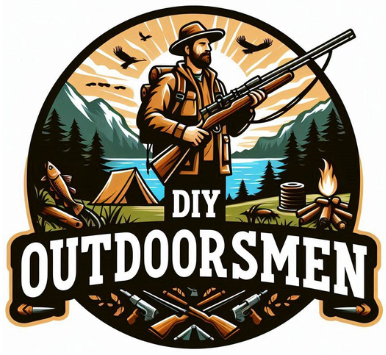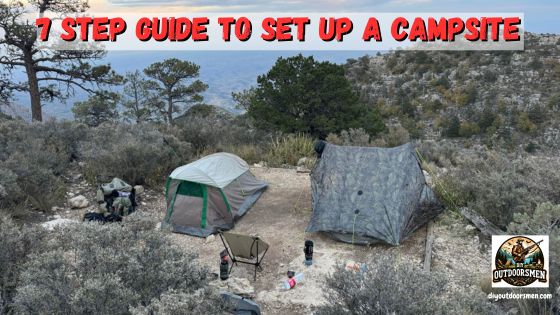Contents
Camping is more than just throwing up a tent, there’s much more to it than that. Let’s take a step-by-step look at how to set up a campsite that is both safe and comfortable. Embarking on a wilderness adventure starts well before you set foot in the great outdoors.
QUICK LOOK:
It’s crucial to select an optimal campsite that suits your needs and respects the environment. Let’s discuss how to make that choice.
- First, consider the terrain. A flat spot may ensure better sleep and reduce water runoff into your space should it rain.
- Also, check for a site with a good water source nearby for convenience, but make sure it’s at least 200 feet away to prevent contamination. What’s more, a privacy check can save you from the awkward ‘too close for comfort’ moments with neighboring campers.
- It’s essential to understand the area’s camping regulations. Checking for the need of permits prevents any legal headaches, and familiarizing yourself with fire regulations avoids potential dangers.
- Uphold the Leave No Trace principles, such as minimizing campsite alterations, ensures that the beauty you came to enjoy remains untarnished for others. Packing your gear should be a meticulous task.
- You need shelter – whether it’s a tent or a tarp setup.
- Don’t forget your sleep system, which includes a sleeping bag suitable for the season and a sleeping pad for insulation.
- And yes, cooking gear is critical, even if it’s just a portable stove and some utensils. With preparation set, you’re now ready to establish your campsite upon arrival.
Upon reaching your destination, how do you turn this patch of nature into a comfortable living space for the duration of your stay? That’s precisely what we’re going to tackle next, as we move smoothly from preparation to execution.
Arrival and Assessment – Setting the Stage for Comfort
You’ve arrived at your ideal camping location. Now, before you leap into setting up, a thorough site assessment is key for a safe and enjoyable experience. Let’s pinpoint the perfect spot for your tent.
- First up, the ground. Look for a flat area – sleeping on a slope can be downright uncomfortable. Check for potential hazards: overhanging branches, anthills, or areas that could collect rainwater.
- Wind direction and sun exposure come next. Your tent door should ideally face east; it lets in the morning light and avoids the afternoon heat. Regarding wind, position your tent so a natural windbreak shields it. Trees or bushes can help with this, but keep a safe distance to minimize risks from falling branches. Consider the campsite’s natural features.
- How close are you to the trail or water sources? You’ll want convenience without compromising privacy. Close enough for easy access to both, but far enough to maintain your peace – and to keep nature pristine.
With your campsite assessed and selected, it’s time to move on to your shelter, which is more than just unpacking and erecting your tent.
Secure and Sustainable Shelter Setup
Pitching a tent is your next move. Start by unrolling the tent on a chosen flat spot, free of rocks and roots. I’m here to help you with snap decisions on orientation: aim the door away from prevailing winds for comfort and easier access.
Stake down the corners, then assemble and secure the frame. With practice, this process becomes second nature. Not all campers are tent enthusiasts. You might prefer a hammock, tarp, or bivy.
The key here is knowing the terrain and how your choice integrates with it. Hammocks are great for wooded areas, while tarps can be versatile in various settings. Whichever you choose, ensure it’s suited for the specific conditions of your campsite.
After setting up, run some safety checks. Give your shelter a firm shake to test its stability. Make any necessary adjustments to ensure it can withstand a gust of wind or a sudden downpour. It’s not about striving for perfection on the first try, but for peace of mind while you sleep.
Your tent is just the beginning. You’re going to want a well-organized camp. That’s going to include a cooking area and a space to unwind—let’s tackle those next.
Creating a Functional and Comfortable Campsite
Now, once your shelter’s up, you might think that’s all there is to setting up a campsite. Actually, the rest of the space needs your attention too, which is all about functionality. A well-organized campsite makes life outdoors much smoother.

- First up, designate a cooking area. This isn’t just about convenience, it’s about safety. Pick a spot that’s downwind from your tent to keep smells and smoke away from where you’ll be sleeping. Also, ensure it’s a safe distance from any flammable materials.
- Set up your portable stove or grill, and if you’re using a campfire ring, check it’s permitted and clear from overhanging branches.
- Next, address food and waste storage. If you’re in bear country, you’re going to need a bear canister or use designated bear boxes if available. Even without large wildlife, keeping food and trash secured ensures smaller critters don’t get into your supplies. After meals, clean up immediately to reduce the risk of attracting animals.
- Lastly, consider where you’ll relax and socialize. A defined communal area with comfortable seating, and perhaps a campfire, can be the heart of your campsite. It’s where you’ll share meals, play games, or simply unwind. If you’re setting up a campfire, keep it at a manageable size and have a water source nearby to douse it before bedtime.
Remember, your campfire isn’t just about warmth or cooking; it’s a source of ambiance for those end-of-day stories and moments of reflection.
Sustainable Campsites and Practices for Preserving Nature
Now that you’ve set up a functional campsite, it’s crucial to maintain practices that preserve the natural beauty around you. Embracing Leave No Trace principles is about more than just following rules; it’s about ensuring future generations can enjoy the wilderness too.
Key Takeaways:
- Keep wildlife wild by storing food correctly. This isn’t just for your safety; it prevents animals from becoming dependent on human food. Using bear boxes or hanging food bags out of reach is a smart move.
- Be mindful of your campfire impact. Keep fires small and manageable, and only use established rings or pits. Before you leave, douse the fire thoroughly until it’s cold. This simple act can prevent wildfires.
- Finally, pack out what you pack in. That means everything. Leaving no trash behind isn’t an option, it’s a responsibility. Aim to leave the site in better condition than you found it, even if that means picking up others’ litter.
Closing out your camping trip the right way is as important as the joy you experienced during your stay. These steps ensure that campsites remain pristine, and by following them, you’re contributing to the protection of our beloved outdoor spaces. Happy camping, and here’s to being an excellent steward of the great outdoors!
As always, stay safe, enjoy the journey and please try to leave it cleaner than you found it. If you have any comments, questions, ideas, or suggestions please leave them in the comment section below and I’ll get back to you ASAP. You can follow us on YouTube: Man Art Creations for videos of our DIY Adventures.
Latest Articles
- 9 Crossbow Maintenance And Care Tips
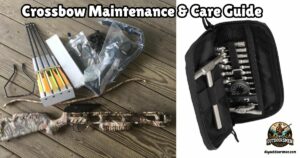
- Beginner-friendly Fly Selection Packs
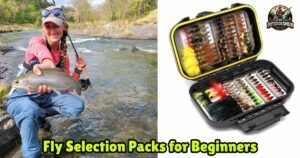
- Reviews And Comparisons Of Hunting Crossbows

- Budget-friendly Backpacking Fly Rod Combos
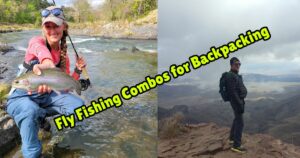
- 9 Crossbow Accessories And Gear For Hunting

- 5 Budget-friendly Fly Rod And Reel Starter Combos

P.S. – Thanks so much for checking out our blog we really appreciate it. Just so you know, we may receive a commission if you click on some of the links that appear on our site. This helps us keep our content free and up-to-date for everyone. We appreciate your support!
